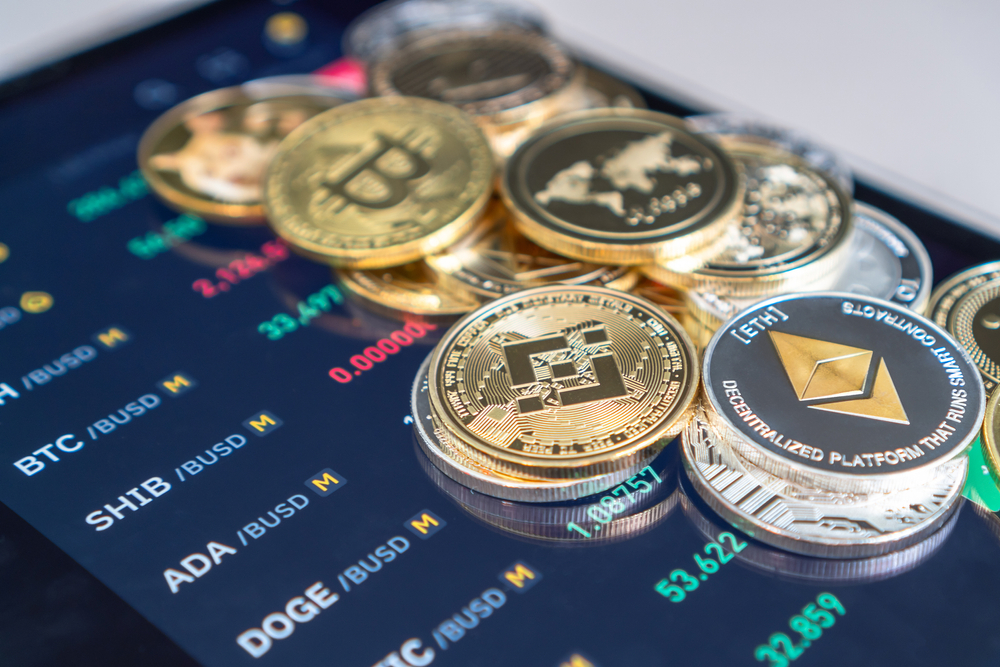Market capitalization, often referred to as market cap, is a vital metric in the cryptocurrency world, just as it is in traditional financial markets. It serves as an indicator of a cryptocurrency’s market value, derived from the multiplication of the current price per coin by the total circulating supply.
But what significance does this figure actually hold for investors, traders, and the cryptocurrency’s valuation? In this guide, we’ll unpack the role of market cap, its calculation, and its impact on cryptocurrency prices, providing insights for both novice and experienced investors.
Calculating Market Capitalization in the Crypto Space
Market capitalization is calculated with a straightforward formula: it’s the product of the current price of a particular cryptocurrency and its total circulating supply.
Market Cap = Current Price x Circulating Supply
Here’s an example to illustrate this calculation using Ethereum (ETH). Suppose there are 117 million ETH in circulation, and the current price is $2,500 per ETH.
Market Cap of Ethereum = $2,500 x 117,000,000 = $292,500,000,000
So, the market cap of Ethereum at this particular moment would be approximately $292.5 billion.
The Significance of Market Capitalization in Cryptocurrency Investment
Now, you might wonder, why is market capitalization so crucial in the cryptocurrency world? Well, it’s instrumental for a couple of reasons. Firstly, it provides a quick snapshot of a cryptocurrency’s relative size and value, which aids investors in assessing risk and potential returns.
A larger market cap typically indicates a more stable and established cryptocurrency, reducing the risk of volatility compared to a smaller market cap coin.
Additionally, while the price of a single unit of a cryptocurrency can provide some insights, it doesn’t give a comprehensive view of the coin’s overall market value.
For instance, a coin priced at $10 with a circulating supply of 1 million ($10 million market cap) isn’t more valuable than a coin priced at $5 with a circulating supply of 5 million ($25 million market cap).
Market cap becomes an essential tool for investors looking to diversify their portfolio, gauge the growth potential, and assess the risk associated with different cryptocurrencies.
Market Capitalization’s Role in Crypto Valuation
Market capitalization serves as a pivotal tool in evaluating and comparing the worth of different cryptocurrencies. It transcends the simplistic view afforded by just looking at the unit price of a coin.
A coin with a higher price doesn’t automatically translate to a higher value, especially when the circulating supply is factored into the equation. This makes market cap a more reliable indicator of a cryptocurrency’s overall value and stability.
A deeper dive into the psychology of trading reveals that market cap influences investors’ perception of a coin’s worth and potential for growth. A cryptocurrency with a substantial market cap is often seen as more stable, reducing susceptibility to market manipulation and attracting a broader base of investors.
The Interplay Between Market Cap and Crypto Price
The dynamic dance between supply and demand in the market plays a significant role in shaping a cryptocurrency’s price. A burgeoning demand amidst a limited supply propels the price upward, while an excess supply without adequate demand pressures the price downward.
Market cap, in this dance, acts as a spotlight, highlighting a cryptocurrency’s prominence and stability in the market.
A higher market cap not only showcases a crypto’s dominance but also instills confidence among investors, leading to increased buying activity. This, in turn, can elevate the cryptocurrency’s price.
The Limits of Market Cap as a Valuation Metric
Despite its widespread use, market capitalization isn’t without its limitations. It offers a surface-level view of a cryptocurrency’s value, susceptible to manipulation and not always reflective of the inherent value or potential of a crypto project.
Consider a scenario where a new cryptocurrency with a large supply is launched. If initial trades, even minimal ones, are executed at a high price, the resulting market cap can project a misleading image of value and stability. This inflation of value isn’t rooted in the project’s fundamentals or widespread adoption but is a product of manipulative trading strategies.
Moreover, the market cap is tied to price, which is often influenced by market sentiments rather than the value a crypto project delivers.
A sudden surge in demand can inflate both price and market cap, but without underlying value, such spikes are unsustainable, leading to subsequent corrections that can leave uninformed investors in the lurch.
Conclusion
While market cap remains a useful tool for initial evaluations and comparisons among cryptocurrencies, it should be complemented with a thorough analysis of the project’s fundamentals, utility, and potential for widespread adoption.
In the multifaceted world of crypto investing, market cap is a starting point, not a destination, in the journey of uncovering a cryptocurrency’s true worth and potential.
